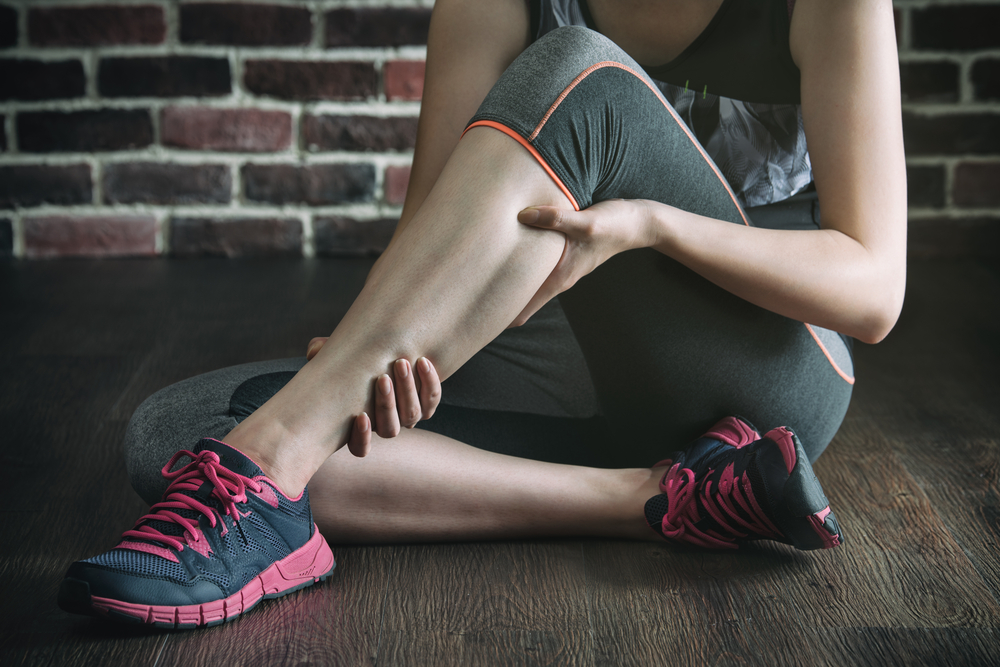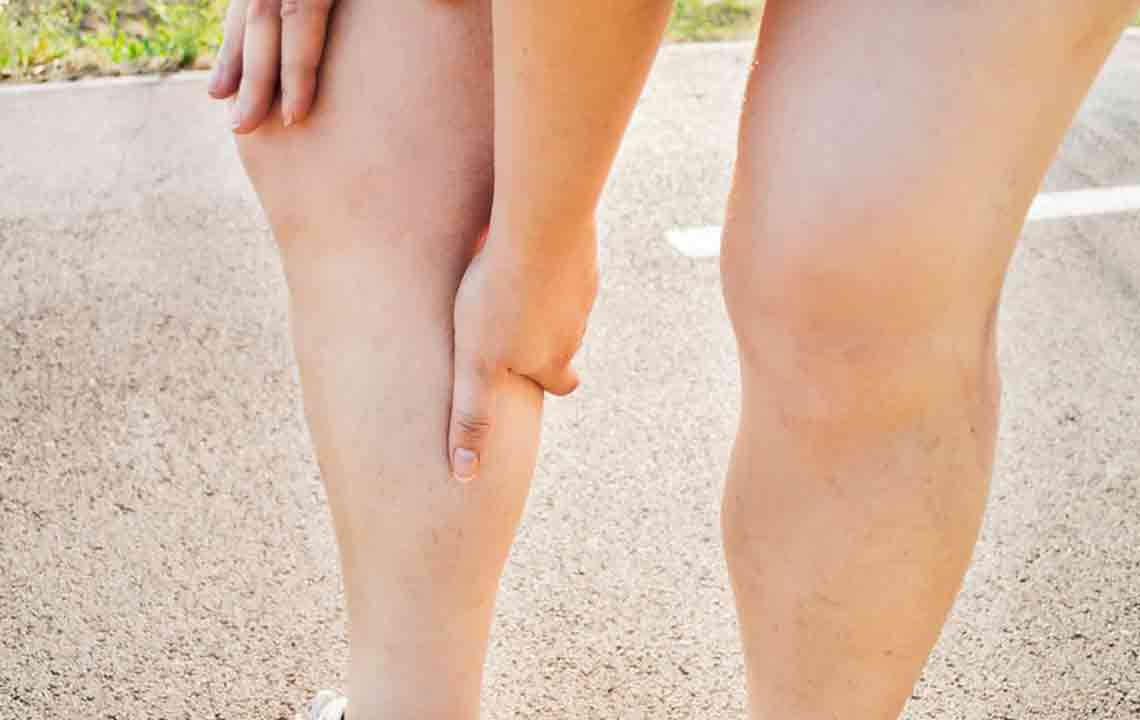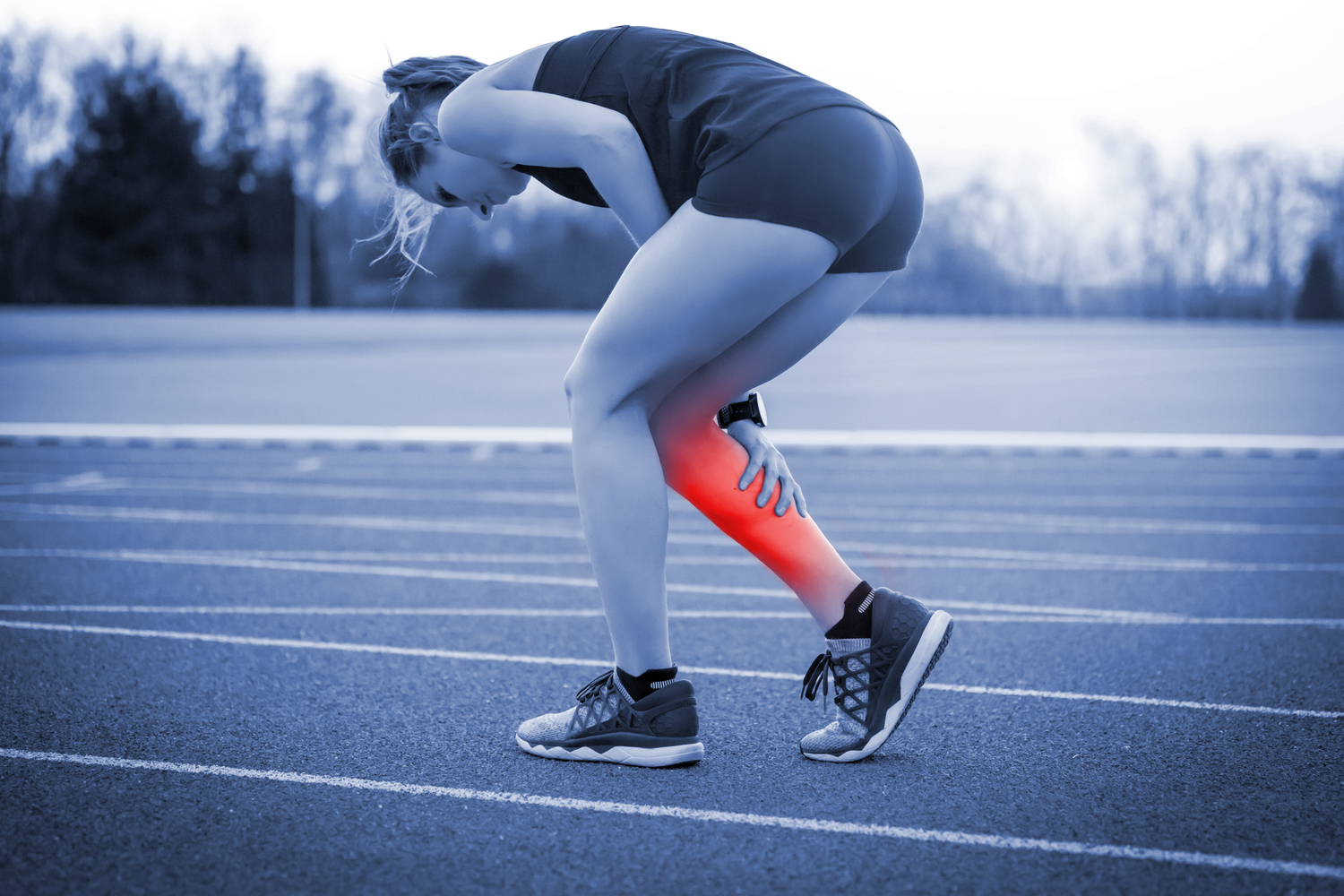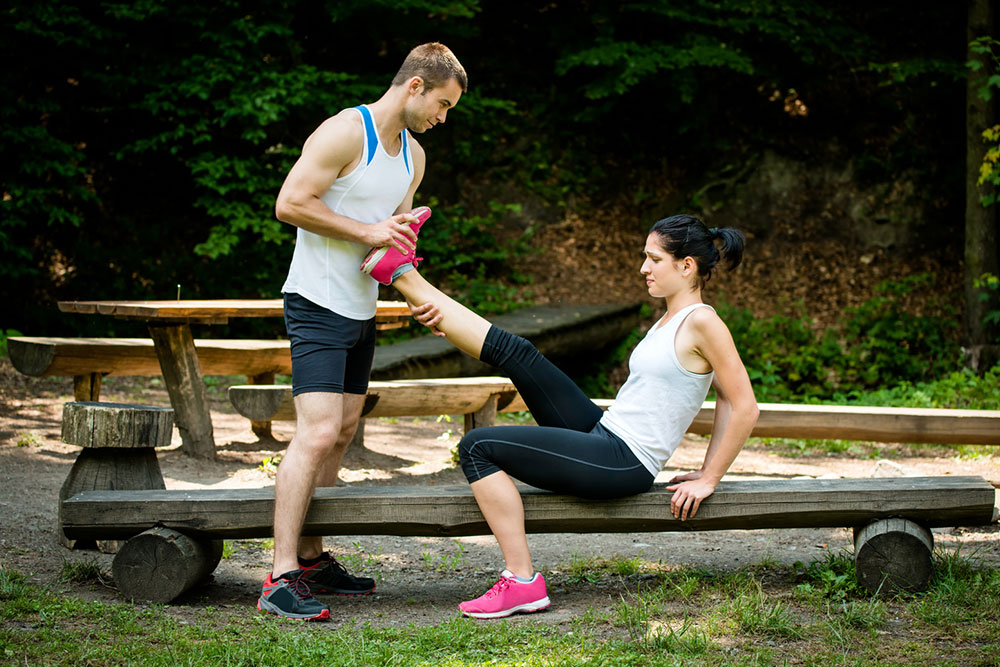Comprehensive Home Remedies for Alleviating Leg Cramps and Preventing Future Occurrences
This comprehensive guide offers effective home remedies and preventive strategies for managing leg cramps. Covering causes, associated health conditions, and simple exercises, it aims to help individuals alleviate pain, improve circulation, and avoid future episodes through practical lifestyle adjustments and self-care methods.
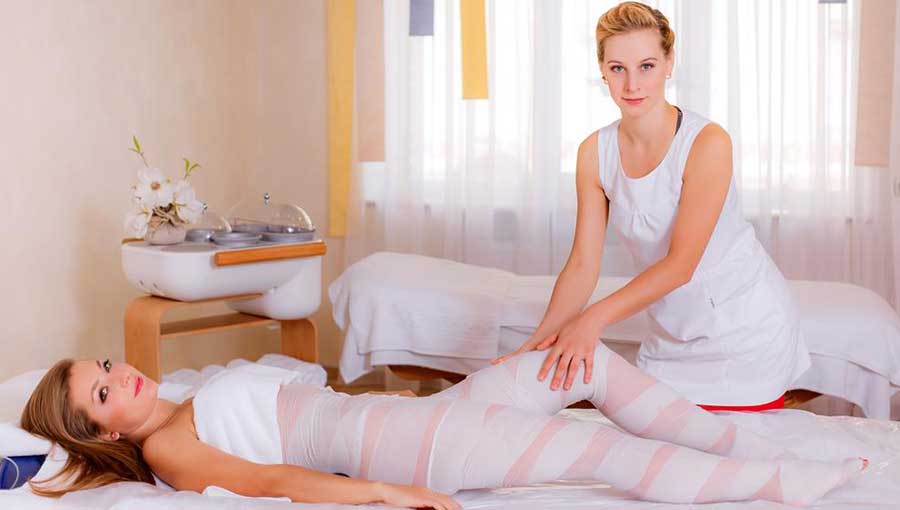
Comprehensive Home Remedies for Alleviating Leg Cramps and Preventing Future Occurrences
Leg cramps, often referred to as charley horses, are sudden, involuntary muscle contractions that can strike without warning, particularly during the night. These episodes are known for their intense pain and can disrupt sleep, sometimes leaving individuals temporarily unable to move. Although they primarily affect the calf muscles, leg cramps can also involve the thighs or feet, usually lasting from a few seconds up to several minutes before the muscle relaxes naturally. Understanding effective home strategies to manage and prevent these painful spasms is essential for maintaining comfort and mobility.
Fortunately, a variety of simple yet effective home remedies can significantly reduce discomfort and decrease the likelihood of future cramps. Maintaining proper hydration, engaging in regular stretching, and using heat or cold therapy are proven methods to alleviate symptoms and promote muscle health. Alongside these, understanding the common causes, associated health conditions, and triggers helps in formulating an effective prevention plan.
Understanding the Causes of Leg Cramps
Leg cramps can be triggered by a variety of factors. Physical activity, especially intense exercises like running, soccer, basketball, or weightlifting, can lead to muscle fatigue that results in cramping. Warm weather and dehydration are also significant contributors, as they can cause electrolyte imbalances affecting muscle function. Pregnant women are more prone to cramps due to hormonal changes and pressure on nerves, while certain health conditions increase the risk notably.
Health Conditions Associated with Increased Risk of Leg Cramps
Individuals with specific medical issues are more susceptible to frequent cramps, including:
Chronic alcohol consumption and dependency
Thyroid imbalances, such as hypothyroidism
Adrenal gland disorders like Addison’s disease
Kidney problems affecting electrolyte balance
Type 2 diabetes which can cause nerve and circulatory issues
Liver cirrhosis impairing metabolic functions
Parkinson’s disease, affecting muscle control
Various circulatory system disorders compromising blood flow
Inflammatory or infectious diseases like sarcoidosis
In addition to underlying health issues, some medications are known to trigger muscle cramps. These include:
Birth control pills
Cholesterol-lowering drugs such as statins
Asthma medications like albuterol
Diuretics used to treat high blood pressure
Anti-inflammatory drugs like naproxen
Recognizing these triggers can help in adjusting lifestyles or consulting healthcare providers for tailored strategies aimed at prevention.
Effective Home Strategies to Reduce Leg Cramps
Implementing simple and routine practices can dramatically ease the discomfort of leg cramps and minimize their frequency. Here are some proven home remedies:
Gentle Massage and Stretching: When a cramp occurs, gently massaging the affected muscle can promote blood flow and relieve tension. Stretching the muscle, such as pulling your toes upward for calf cramps or extending the leg to stretch quadriceps, helps interrupt the spasm.
Application of Heat or Cold: Applying a warm compress or heating pad to the cramped area can relax tight muscles. Conversely, cold packs can reduce inflammation and numb the pain, especially if the cramps are persistent or very painful.
Warm Baths and Steam: Immersing in a warm bath or taking steam can help relax the muscles and improve circulation, reducing the occurrence of cramps after physical exertion.
Stretching Techniques for Specific Muscles: For quadriceps cramps, standing on a chair or holding onto a surface helps balance, then gently pulling your foot towards your buttock assists in stretching the muscle. Similarly, for calf cramps, flexing the foot upward or walking on your heels can alleviate spasms.
Maintaining Proper Hydration and Electrolyte Balance: Drinking plenty of water is crucial for preventing dehydration-induced cramps. Incorporating electrolyte-rich drinks, like sports beverages, can replenish sodium, potassium, and magnesium levels that are vital for normal muscle function.
Supplementation: Taking vitamin B complex supplements regularly may support nerve and muscle health, potentially decreasing the frequency of cramps.
Incorporating these routines into your daily life can help manage and prevent leg cramps effectively. Nonetheless, if symptoms are persistent, severe, or accompanied by other signs such as swelling, redness, or change in skin color, it is essential to seek medical advice for comprehensive evaluation and targeted treatment.

